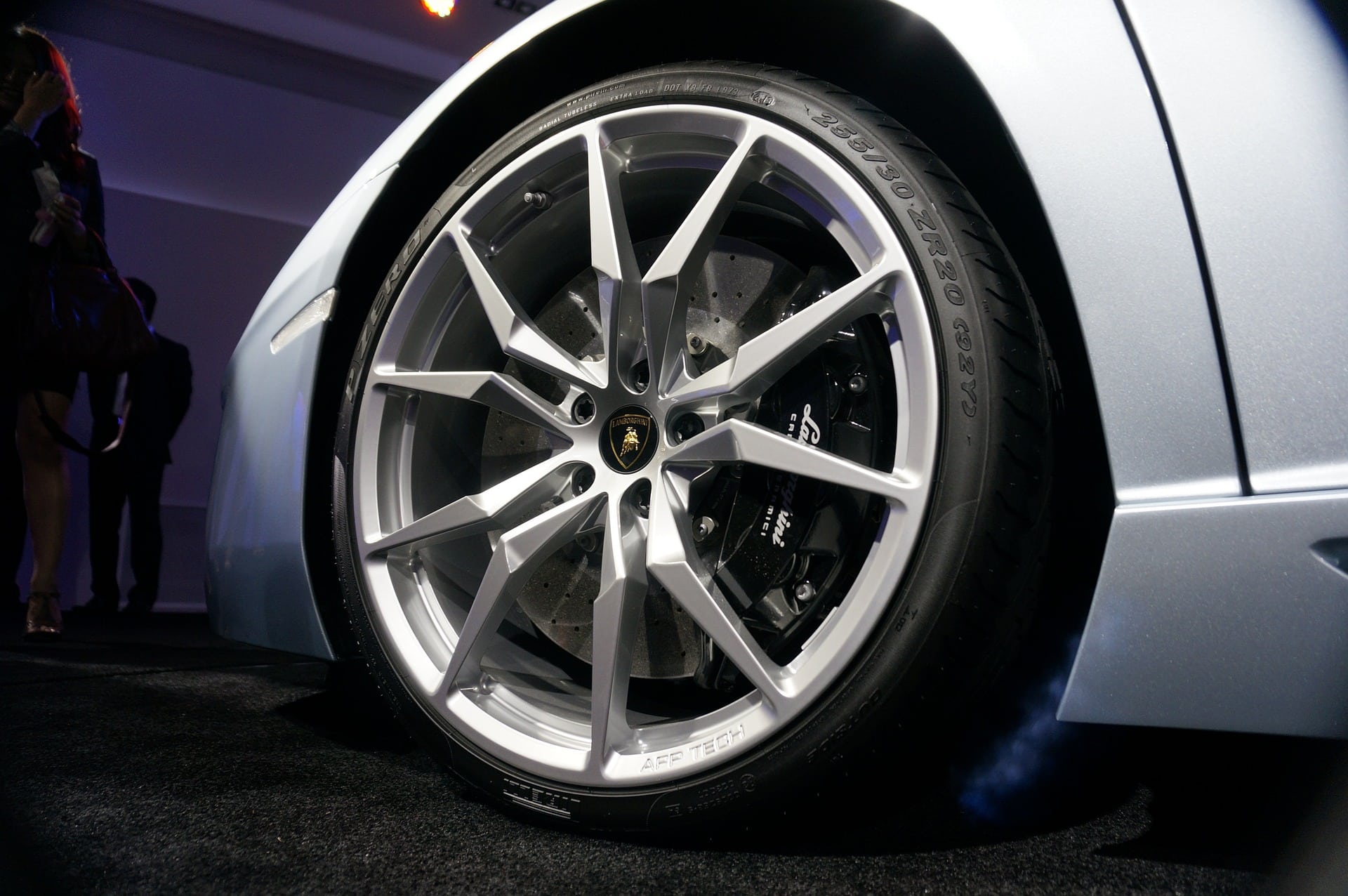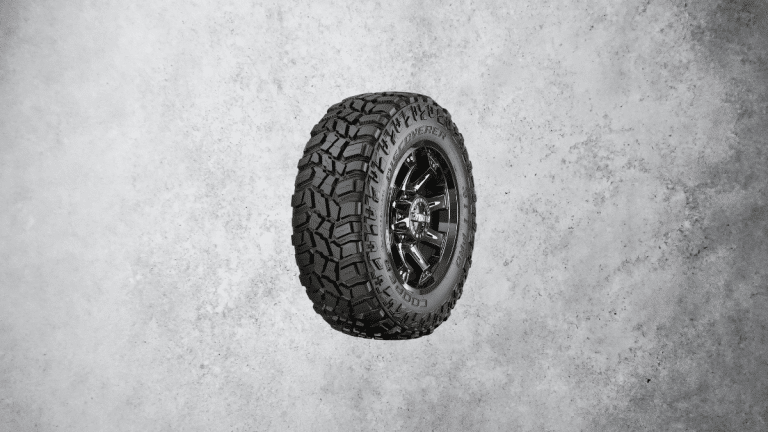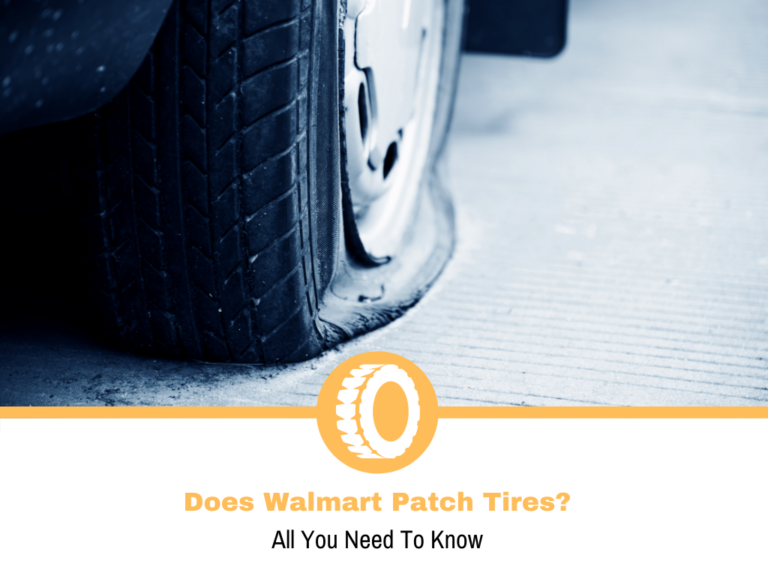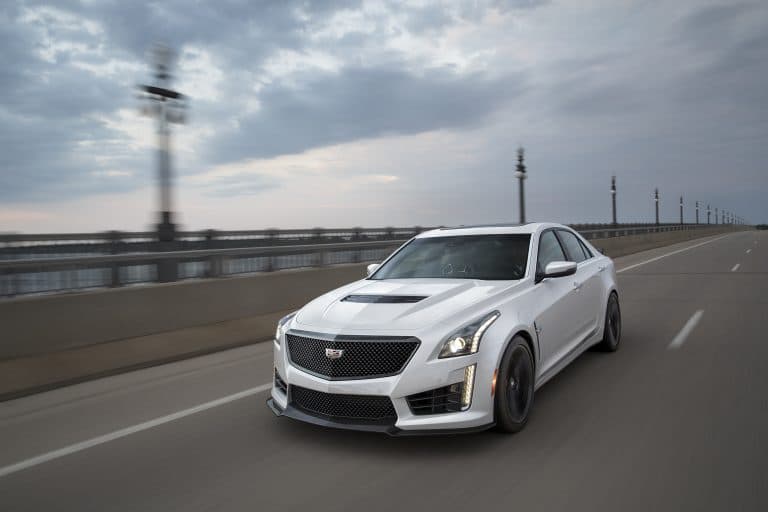Tire Sizing Guide
Today, I’ll teach you how to properly determine the correct tire size for your vehicle.
Jump to a Section:
Owning a car is a constant struggle between keeping it running smoothly and changing the necessary parts with maintenance. As we drive our cars, there are parts that wear over time, so they need to be replaced. Some are aimed towards safety, while others handle longevity. Both are important, leaving us with no choice.
Among the thousands of parts a car has, tires are near the top when it comes to importance. Without them, you won’t get the performance and safety, so it’s important not to ignore them. Tires age and wear, so every once in a while you need to get a new set.
For most people, this can be a struggle, because there are tons of models and sizes, each with a different set of specifications. You can leave this to the professionals and don’t worry about a thing. On the other hand, there are people that want to learn a few things, which is where this guide comes into play.
What is Tire Size?
The answer lies in the question. Tire size represents the dimensions of the tires that will fit your car. Over the years, as the tire and automotive industries evolved, we reached a point where there are more of both. There was a wide range of cars and tire options.
Tires are the part of a car that aren’t unique to a specific model. As a result, the tires that would fit a Toyota Yaris would also fit a Mazda 2. This is where the specifications from the car manufacturers come into play.
Each model comes with a few tire size options from the factory. That mostly depends on the engine and trim levels. This is the most confusing part, so I’ll explain how to read the size and where to find that information.
Where Do You Find the Tire Size for Your Vehicle?
The easiest way to read it is from the tire’s sidewall. Every model comes with a set of markings that are stamped from the factory, including the size.
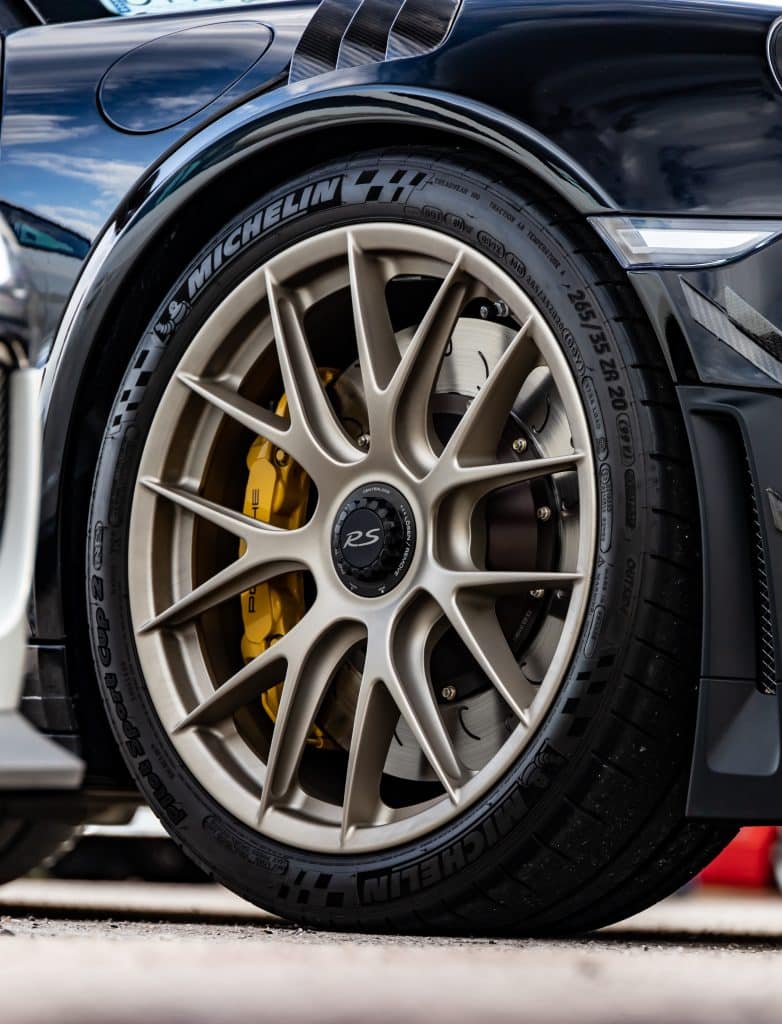
Your second option for getting the information about the tire size is to check out the user manual, if you still have it. Manufacturers outline the size options for that model, depending on the engine and trim levels. Keep in mind that for this, you’ll need to have that information to get an accurate reading.
Finally, if all else fails, you can ask the all-wise internet. There are a lot of websites that have massive databases with all tire sizes. Like with the user manual option, you’ll need to know the trim levels and engine option. A slight advantage here is that with some services, you can enter the VIN number and get the size information.
The most important thing to note about the last two options is to ensure that your tires are stock. If at a certain point, you or a previous owner made modifications to the tire size, then your only option is to read it from the tires themselves.
How To Read Your Tire Size Correctly
The tire size information consists of 3 numbers that give you all the information you’ll need. To give you a better explanation, I’ll use the tire size of my trusty 92 Corolla. It’s running P175/70R13; yes, 13-inch wheels still exist.
So, the first number, “175,” determines the tire’s width, and it’s measured in millimeters. Next up is the sidewall, which is the second number and is calculated as a percentage. In my case, the “70” means that the sidewall height is 70% from the tire’s width, meaning that my sidewall is 122.5 millimeters. As you may have guessed, the last number, “13,” is the rim’s size, basically the cutout in the middle of the tire where the wheel goes. Interestingly, you have a combination of imperial and metric dimensions, plus a percentage to keep things as confusing as possible.
Don’t think I forgot about the letters. In the example, the size begins with the letter “P,” which stands for passenger tire and is something you’d find on hatchbacks, sedans, crossovers, etc. There are also “LT” and “ST,” where the first one is Light Truck, a tire capable of heavier loads, while “ST” stands for Special Trailer and, you guessed it, it’s used for trailers.
Before the diameter, there is an “R,” which stands for Radial. This determines the internal construction of the tire’s casing. While radials are the most commonly used tires today, you can also find B for Belted Bias or D for Diagonal Bias. All 3 are different types of internal construction.
Is Getting the Correct Tire Size Important?
Getting the size correct is the most important thing because if you mess that up, the tires won’t fit as they should. In my tire size changing guide, I outlined several things that you should know about the process, so check that out before trying anything.
To be fair, there is some variability here.
You can choose a size that isn’t on your vehicle currently, but have them still fit your wheels. This is because there is some flexibility with the width and profile of your wheel, but I would highly advise against doing that if you’re not sure, or you don’t have the proper experience. You can check out my guide on wheel size and how to change it if you want to learn more.
That being said, the tire size of my Corolla isn’t the one that the car came from the factory with. At a certain point, I went with wider tires because the car looked like it was running bicycle wheels. During that process, I relied on my knowledge and some math to ensure that I wouldn’t have any fitment issues.
The Other Tire Markings & What They Mean
Depending on the type of tire we’re talking about, you’ll have multiple markings. Right after the tire size, you’ll have the speed rating and load index. With light truck tires, you may have a bit more information regarding how much load they can handle. For winter or all-season tires, you can have the M+S or 3PMSF markings showing their abilities in winter conditions.
Conclusion
Whenever we talk about tires, size is the aspect that most car owners pay attention to. It’s a crucial part because a correct tire size can offer a perfect fitment, which is why you should know your size.
There are several ways to find it, regardless if it means reading off the sidewall or from the user manual. Ensuring you get the same size of tires as the car manufacturer specified is the most important thing.
With that said, there are exceptions to this, especially if you or the previous owner made certain modifications in the past. No matter the situation, this guide should help you learn how to identify and read the correct size to avoid making mistakes.
